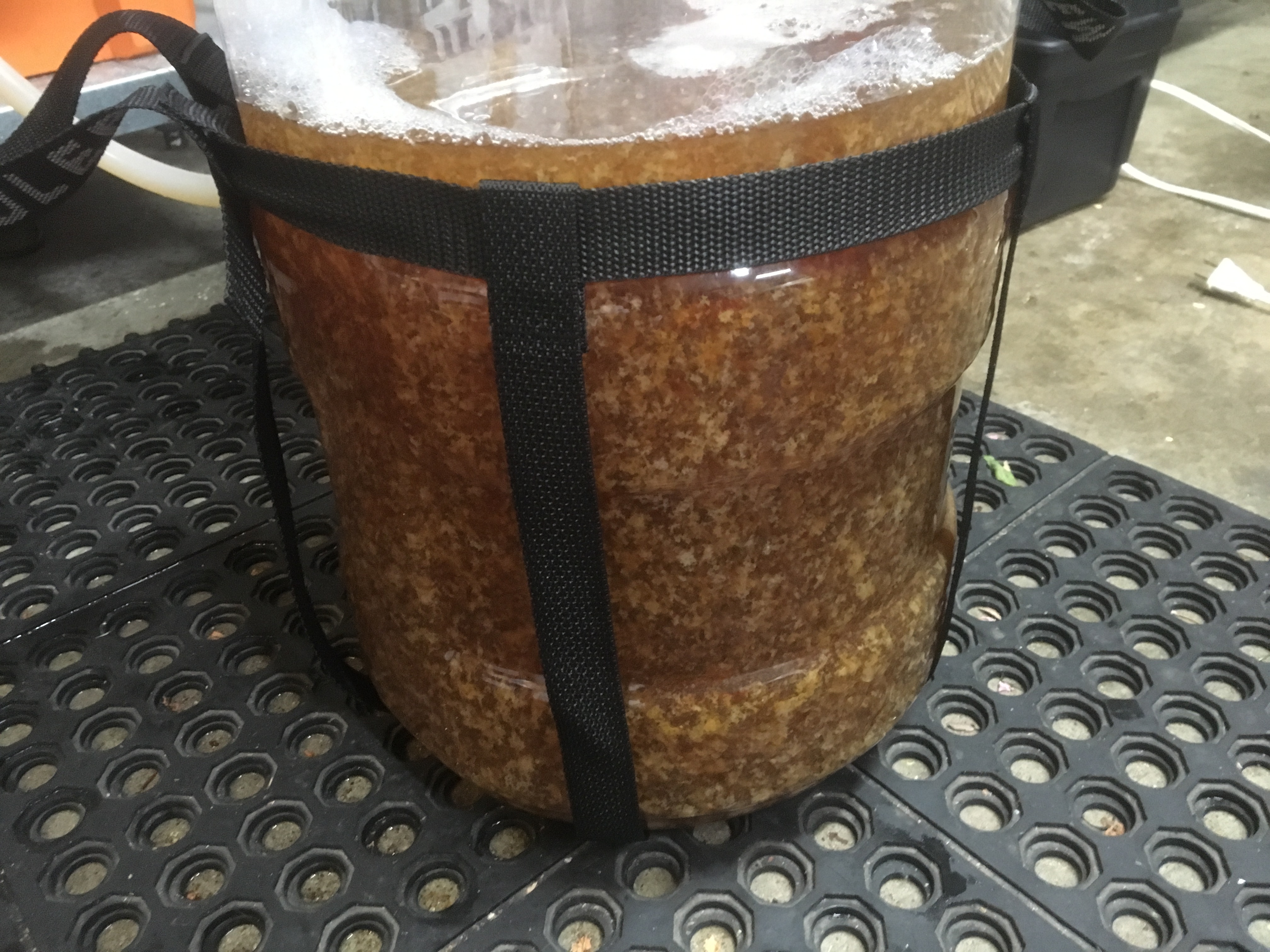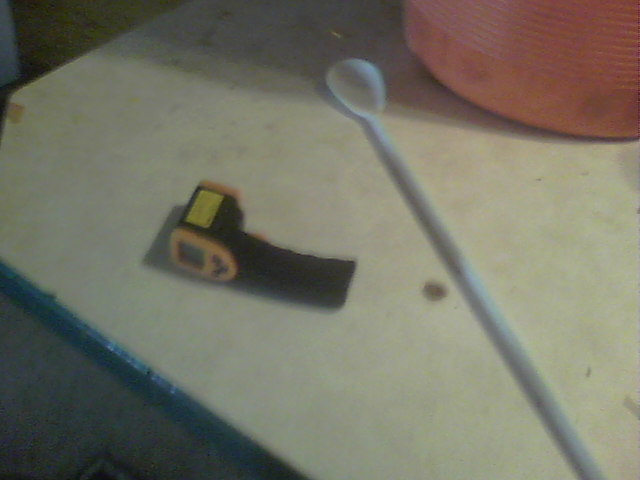you guys have convinced me to try irish moss/whirfloc again, i don't get anything like that in my fermenter....and i could use that tank as a seperatory funnel....just build a stand to sit above my fermenter, dump the break, then slide my fermenter under it and dump it.....
edit: (i guess i could just get a black one, use it as a conical....but first i want to see if whirfloc works, irish moss didn't before, but maybe in pill form? lol)
Break is usually left behind in the kettle, it's kinda hard to strain it out from underneath the cleared wort, without wasting a ton of wort.
I sometimes dump the whole lot (6 gallons) into a fermenter bucket, let it stand for a few hours, especially when bringing the temp down to pitching temps.
I then pour the clear beer off the top into another bucket fermenter leaving the trubby bottom layer of settled break and wort behind. That 1/2 - 1 gallon of achy breaky wort doesn't get thrown out, it gets processed/clarified and used. Most is usually pasteurized and added back to the fermenter.
I've only used Irish Moss (the regular variety, not the "super" one) from the beginning, 11 years ago. Mixed results, like you noticed, not overly convincing all the time.
A few (6?) years ago I read somewhere to
pre-hydrate it 10-15' before adding. I just scoop a 1/4 cup of boiling wort out the kettle and add the 1/2 tsp (for a 5 gallon batch) of Irish Moss to that. It swells up and becomes a gelatinous substance. That goo gets added 10' before FO. Pre-hydration does seem to help and coagulate the proteins better (quicker), I can see it.
When I want especially clear wort, I let the chilled kettle sit for a few hours and siphon amazingly clear wort from the top into a bucket fermenter, tilting the kettle toward the end, leaving the trubby wort behind on the bottom for further processing (filtering).

















































![Craft A Brew - Safale S-04 Dry Yeast - Fermentis - English Ale Dry Yeast - For English and American Ales and Hard Apple Ciders - Ingredients for Home Brewing - Beer Making Supplies - [1 Pack]](https://m.media-amazon.com/images/I/41fVGNh6JfL._SL500_.jpg)












